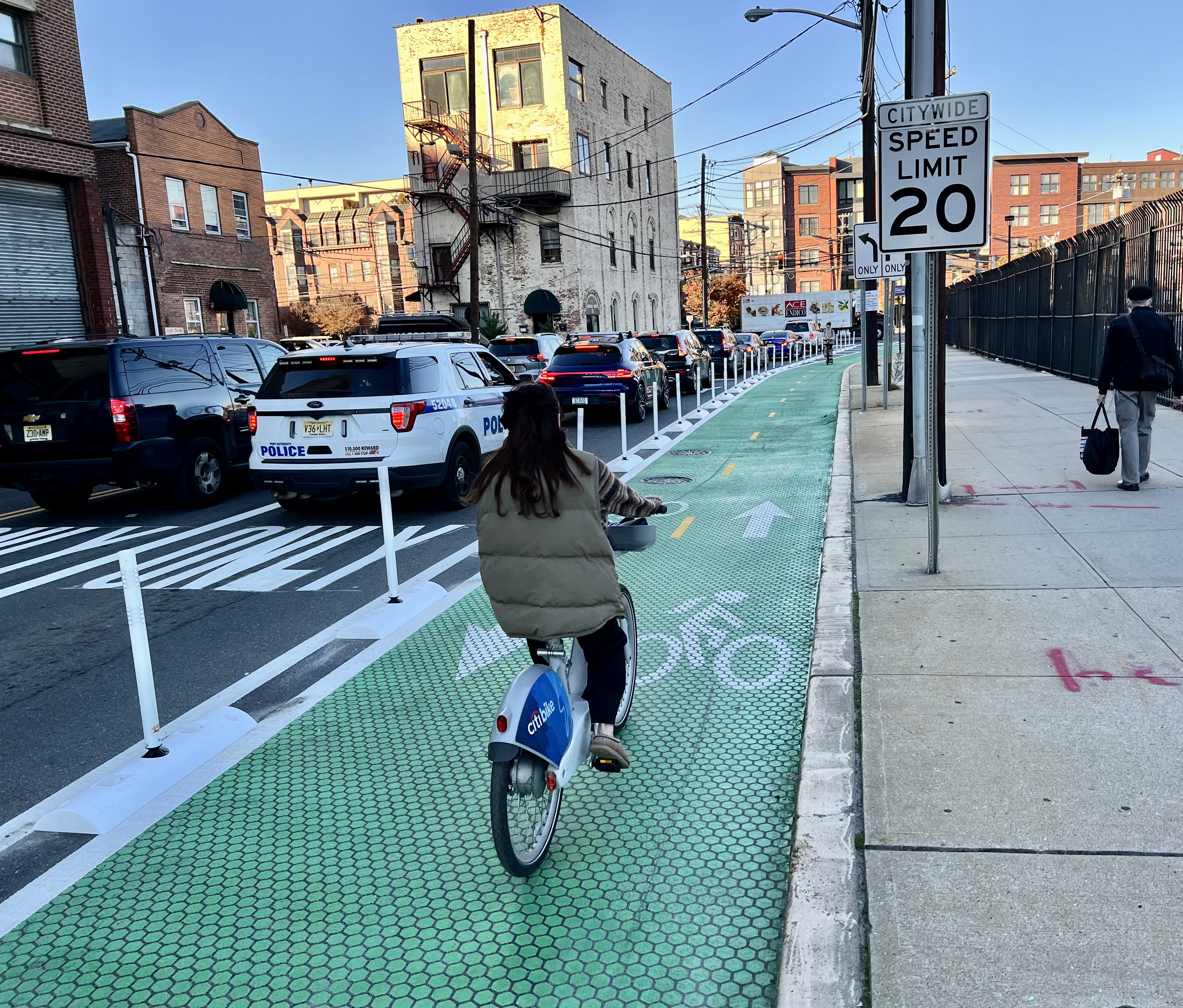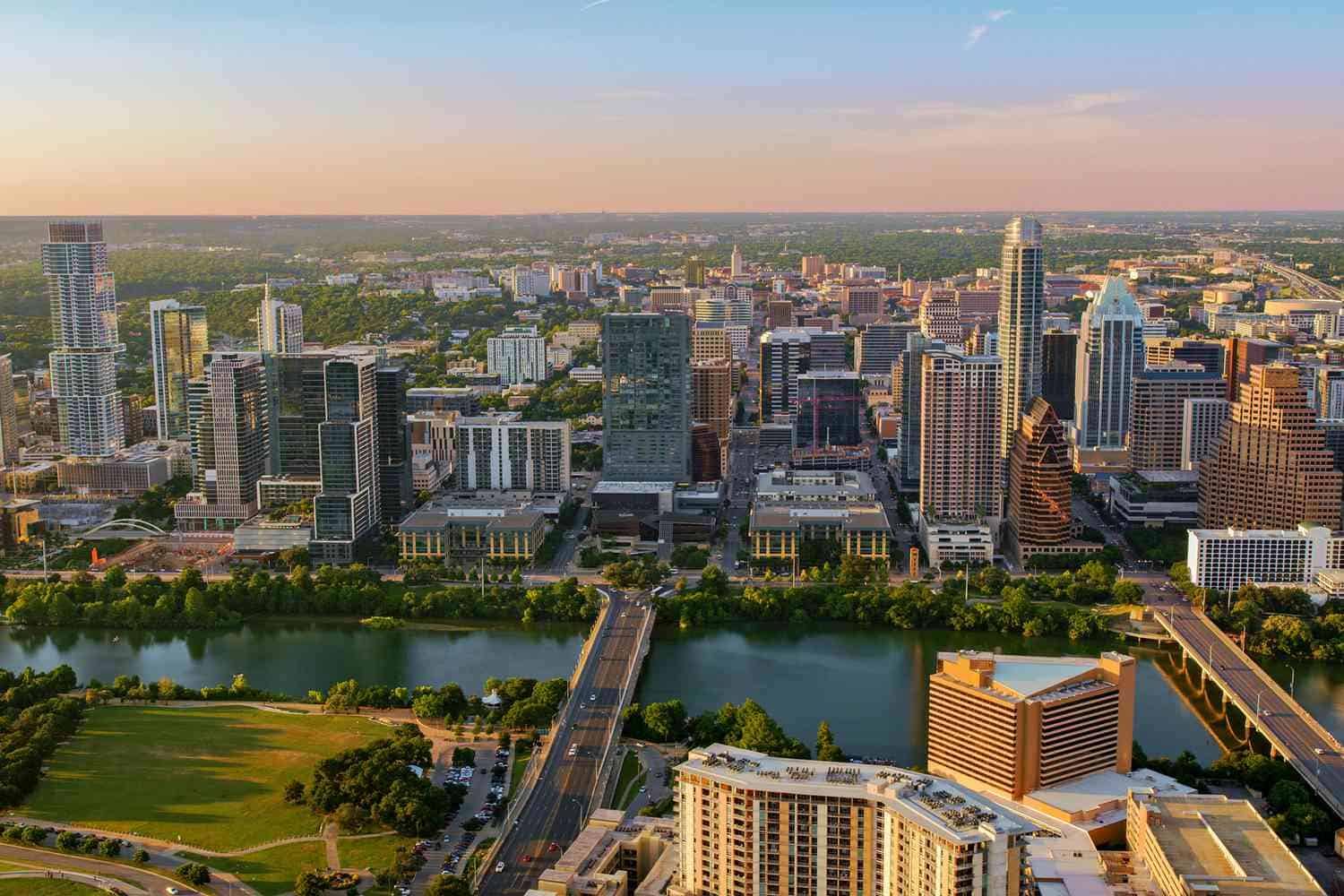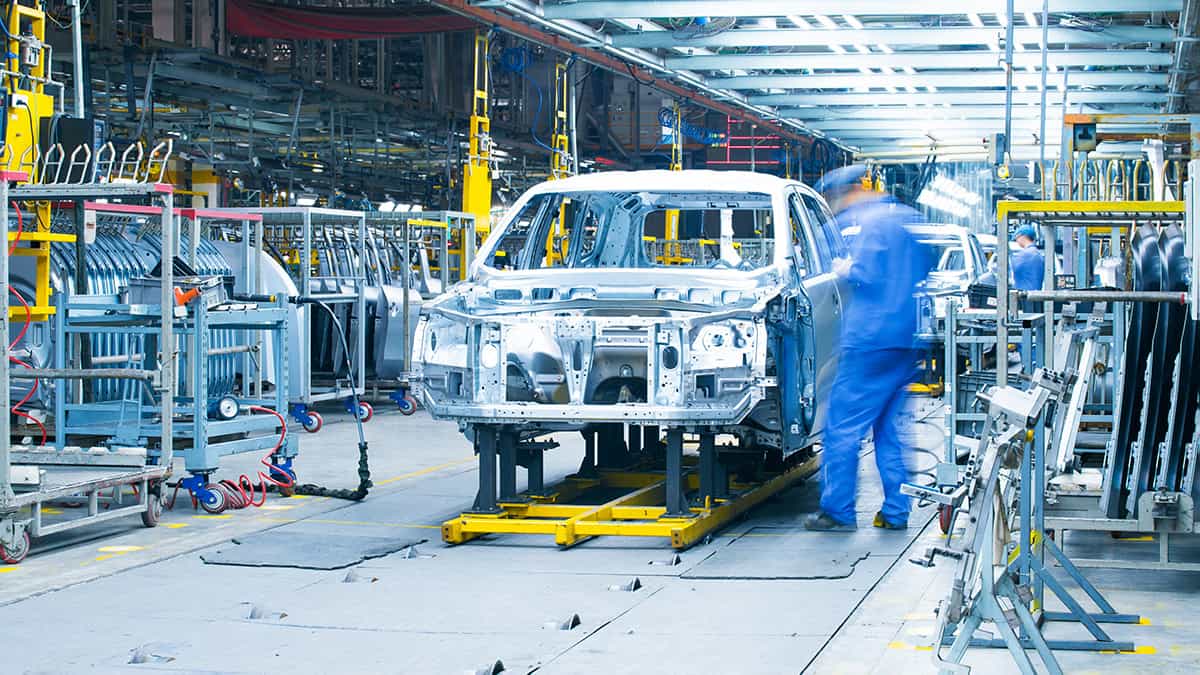In 2024, US cities continue to adapt to the new normal four years after the shockwaves of 2020. Sporting events and concerts are larger than ever (looking at you, Taylor Swift and Beyoncé).Trends like streeteries and working from home persist while masks and hand sanitizer are seen less often. The world is getting warmer, and natural disasters are getting more severe and frequent. As pandemic-era federal funding dries up, with dire implications for public transit, federal support is increasing for decarbonization, climate resilience, zoning reform and more.
Cities will continue to address important issues like the housing shortage, the effects of using fossil fuels on the environment, and calls for more just and equitable governments in the face of these challenges.
The move toward more blockchain and open policymaking will continue.
The future of cities is being shaped by significant changes. The accelerating transition from analog to digital to AI comes second.
Cities are even transitioning from a constrained service-provider mentality to an open platform mindset, which encourages active participation from various stakeholders in problem-solving.
Municipalities are increasingly creating policies with residents in mind rather than just for them. This strategy not only guarantees more efficient programs and policies, but it also strengthens community ties—the cultural solidarity—which is so important in a time of rising polarization.
Zoning modifications will make it possible to build more homes
The trend toward cities updating regulations to allow more housing would continue if 2024 comes after 2023. Cities implemented four main strategies to increase the number of homes in 2023: removing parking requirements that drive up housing costs, allowing apartments in more areas of the city, and permitting many homes on lots that used to simply permit one; and permitting accessory dwelling units.
The biggest advancements in affordability have occurred in cities and towns with a large number of newly constructed apartments in subsequent years. Homelessness has increased in areas where there was a housing shortage, which increased rents, while it has decreased where fresh housing entered the market and slowed rent growth. There is every reason to believe that relationship will endure in 2024 because it is so powerful.
Benchmarking and energy efficiency will be driven by emissions reduction pressures
In order to cut costs, generate local jobs, enhance safety and health during severe weather, and combat climate change, cities are giving more successful buildings top priority.
More building owners and managers will need to start monitoring and reducing energy use and carbon emissions as a result of the rise in building performance policies. Particularly professional tenants use a lot of energy and must cooperate with their landlords.
With set deadlines over the following three to ten years, 12 local and state governments have passed building performance standards as of late 2023 that set a maximum level of energy/climate performance for all buildings larger than that. More than 40 jurisdictions have ratified related policies through the National Building Performance Standards Coalition.
This change is being driven by pressure from investors, consumers, and other stakeholders, as well as the continuous “flight to quality” in commercial real estate. Low-carbon office property demand is anticipated to outpace supply.
Cities will reevaluate their regulation and funding strategies for micromobility
As budgets get tighter and funding becomes scarcer, some parked bike share systems that depend on public subsidies are struggling or ceasing operations.
Operational difficulties with backlogs of bike repairs and redeployment problems have resulted from great demand. Legacy fleets are nearing the end of their useful lives and require upgrades to meet the electrification preferences of fresh riders. This trend will pick up speed in 2024. Public subsidies for docked bike shares will soon be compared to other essential city services, such as public transit, which is currently experiencing financial difficulties as a result of declining federal aid funding and the lack of fare box revenue brought on by ridership that has n’t yet returned to 2019 levels.
With new guarded bike lanes and bike-friendly policies, many cities have embraced the increase in cycling rates brought on by the pandemic. Cities will want to keep these advantages and the ones they bring about—cleaner air, less traffic, greater mobility equity, the expansion of their common transit networks, and more—despite limited budgets. An increased provincial appetite for and reliance on privately provided dockless scooters and bikes that operate at no cost to taxpayers is one good result of this dynamic.
Cities will need to reevaluate and amend the difficult regulations and large fees that make it challenging for shared micromobility companies to remain in operation in order to facilitate this transition. In the end, it will result in a reevaluation of present regulations in favor of rules that make it easier for riders to access bikes and give operators the power to deliver high-quality, long-lasting services.

Downtowns will increase the variety of services they provide
To overcome and outperform the standard real estate cycle of boom and bust, many of the nation’s great downtowns will need to diversify uses and activities.
Cities can no longer rely on the office market or the city’s natural desire to draw employers and residents to the cosmopolitan core to drive all activity and related uses downtown. But, downtowns must change because we now know that the urban population will continue to grow. This entails developing downtown communities that are open around-the-clock.
Members of the Urban Land Institute are already advising cities all over the nation on the zoning changes, incentives, and public-private partnerships required to encourage business competition and mixed-use strategies like office-to-residential conversions. These tactics then draw attention to additional strategies to boost downtown foot traffic and financial activity, such as enhancing retail-oriented and cultural uses of space, thorough branding and public relations campaigns, and enhanced safety and connectivity.
Intelligent transportation will change thanks to innovative technology
In the upcoming years, a number of important technologies are poised to significantly affect smart transportation. According to tumultuous global social conditions, we’ll see new advancements in bright infrastructure for cities and motorways, required collision avoidance systems for railways, advanced shuttles and buses for public transportation on designated routes, and increasing improvements to security applications. Lidar will share some of the market, but radar and camera technology will even be important because they are less expensive and require less upkeep.











